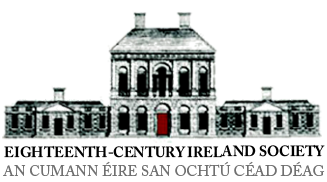Type: Article
Lowe, N. F. ‘James Barry, Mary Wollstonecraft and 1798’, Eighteenth-century Ireland/Iris an dá chultúr, Vol. 12 (1997), pp 60-76.
One of James Barrys paintings, Portraits in the Character of Ulysses and a Companion, depicts Edmund Burke as Ulysses, motioning to his companion to be silent. From Barrys point of view, the painting represents the deterioration of his relationship with the Burke; Burke had warned Barry that his radical beliefs and outspokenness would only gain him enemies, while Barry objected to a political climate which imposed restrictions on free expression. As Professor of Painting at the Royal Academy, Barry had achieved a high standing in English society and at the Academy. However, when he wrote his Letter to the Dilettanti Society defending fellow libertines Mary Wollstonecraft and William Godwin, the Academicians were outraged and expelled him. Similarly, William Godwins tribute to Wollstonecraft, written shortly after her death, Memoirs of the Author of a Vindiction of the Rights of Women, was relentlessly attacked. The article discusses James Barrys use of his paintings as political propaganda. Barrys paintings concealed a distinctive Irish sub-text that linked the ideal of liberty with republicanism and Catholicism, while English rule was linked to tyranny and suppression. Eight illustrations accompany the article.
